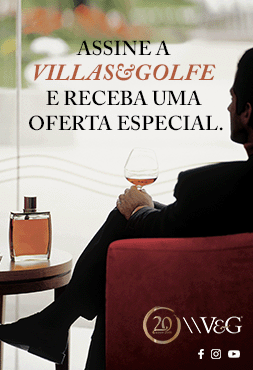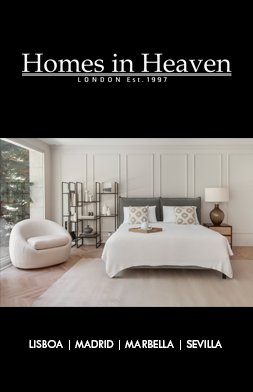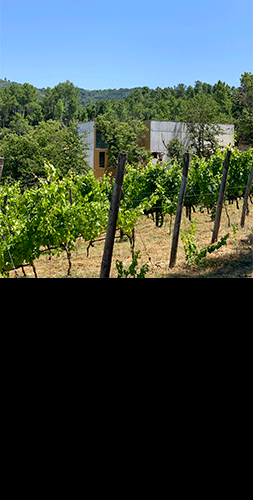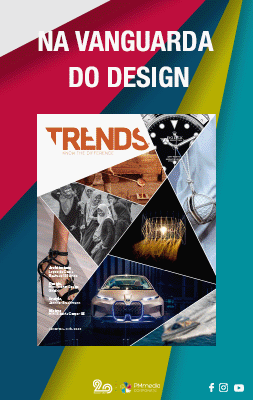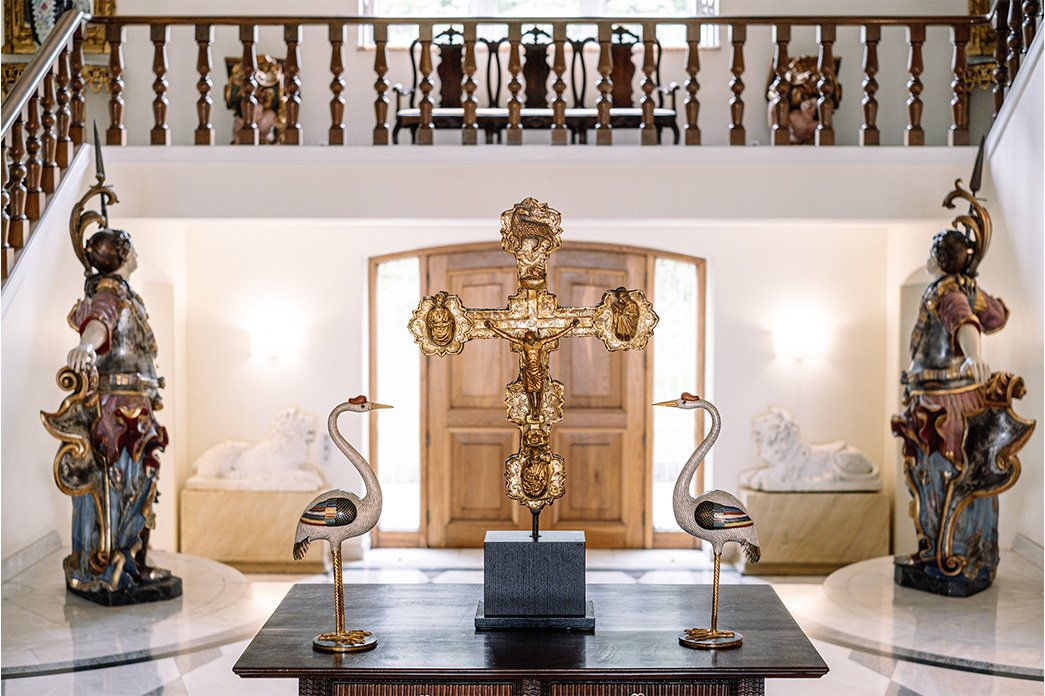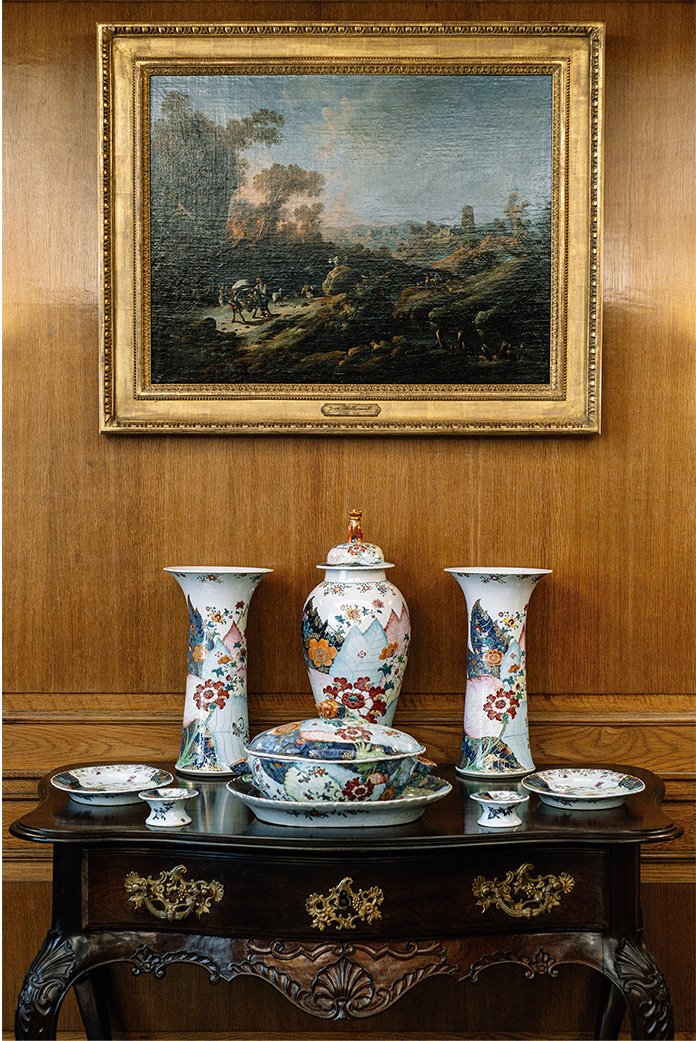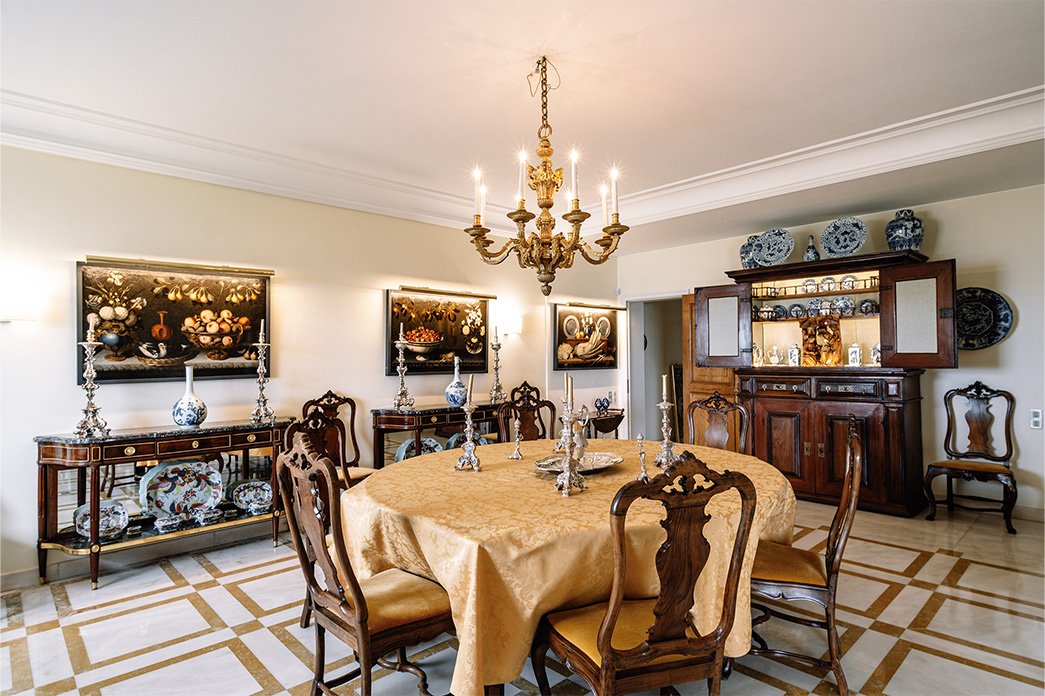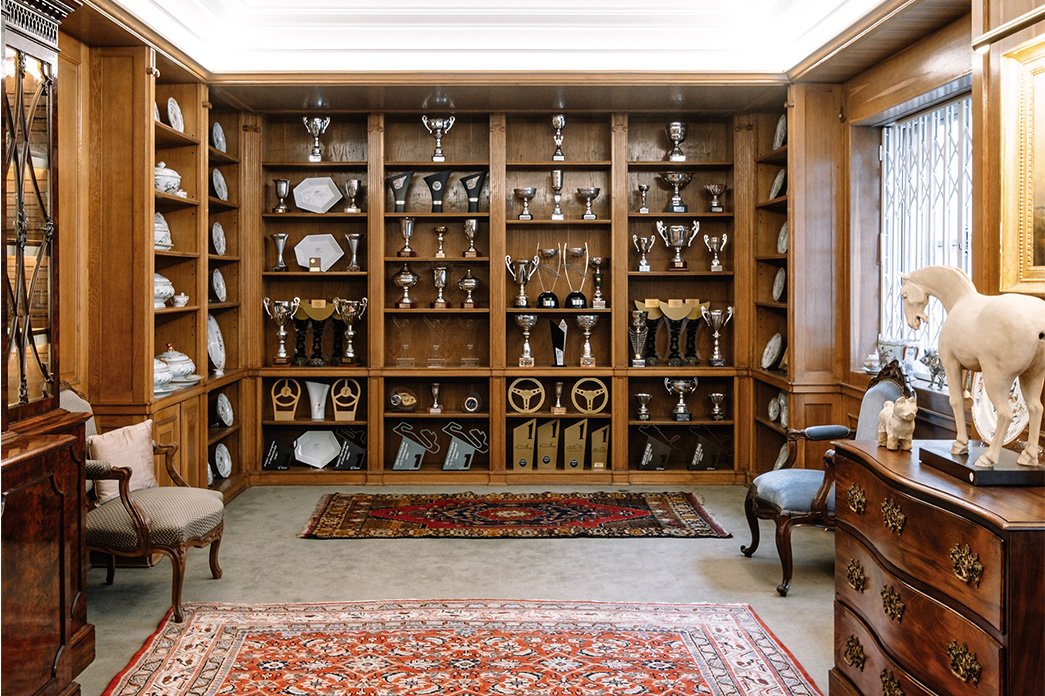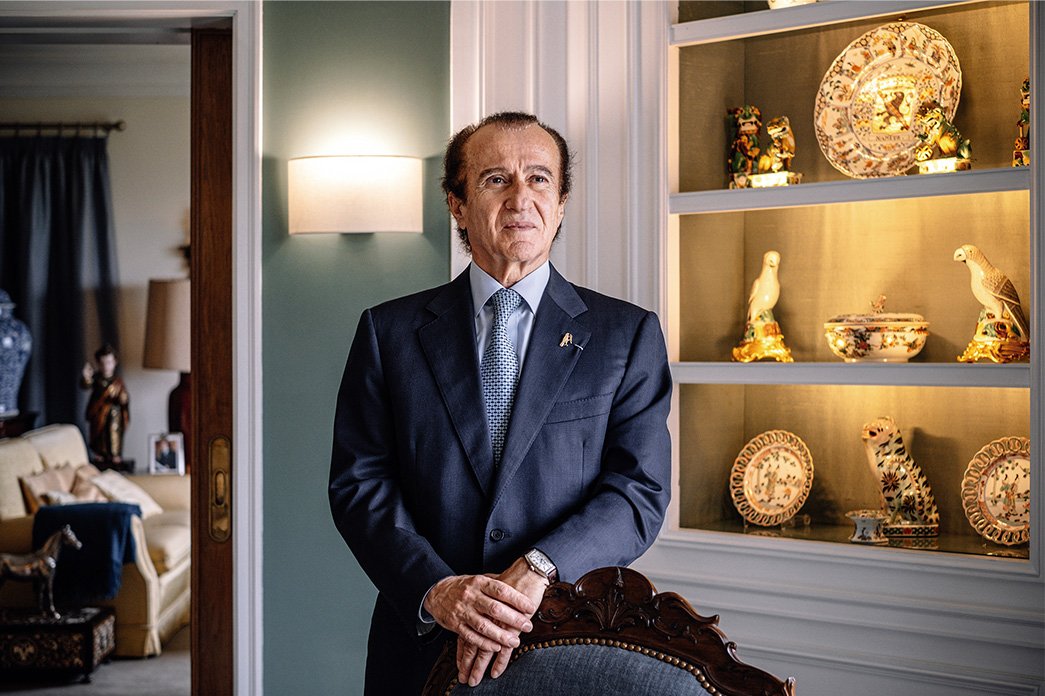
He studied at the Colégio dos Maristas and attended the Liceu Garcia de Orta school. Luís Alegria would dream about architecture. He was in Year Seven at school when the April 25th Revolution took place and his whole life changed. For two years, the one-year course in architecture, at the School of Fine Arts, ceased to exist; his father’s bank accounts were frozen and the business he had almost collapsed. All these events changed the course of his life. He forgot about architecture. He wandered ‘aimlessly’ for a number of years in the Mechanical Engineering course at the University of Oporto. Disillusioned with engineering, he abandoned the course and chose to study Business Administration and Management at the Instituto Superior, with his future in mind – that of setting up his own company. Which he did, as he opened a company with an international dimension. It is true that «the lines of our life are not always drawn the way we want», but more important than this is knowing how to «change the lines», to see what truly completes us and «makes us happy». And this is just what we felt when we visited the Luís Alegria gallery, in Oorto, and its creator, who has never-before-seen pieces of art and antiques. Luís Alegria has ruled the art world in Portugal for over 40 years. He has toured the globe with exhibitions and has even been decorated Knight of the Order of Arts and Letters, in France, by former President Jacques Chirac. And Luís Alegria races, and continues to race, including at the wheel of his rally car – another of his passions, as it is in races that he seeks balance and serenity and where he recharges his batteries. He was already Mountain vice-champion, in 2006, and won three National Speed Championships (CNVC), in 2007, 2017 and 2020.
«I was lucky enough to be born into a house full of things that made me sensitive to the arts.»
«I was lucky enough to be born into a house full of things that made me sensitive to the arts.»





